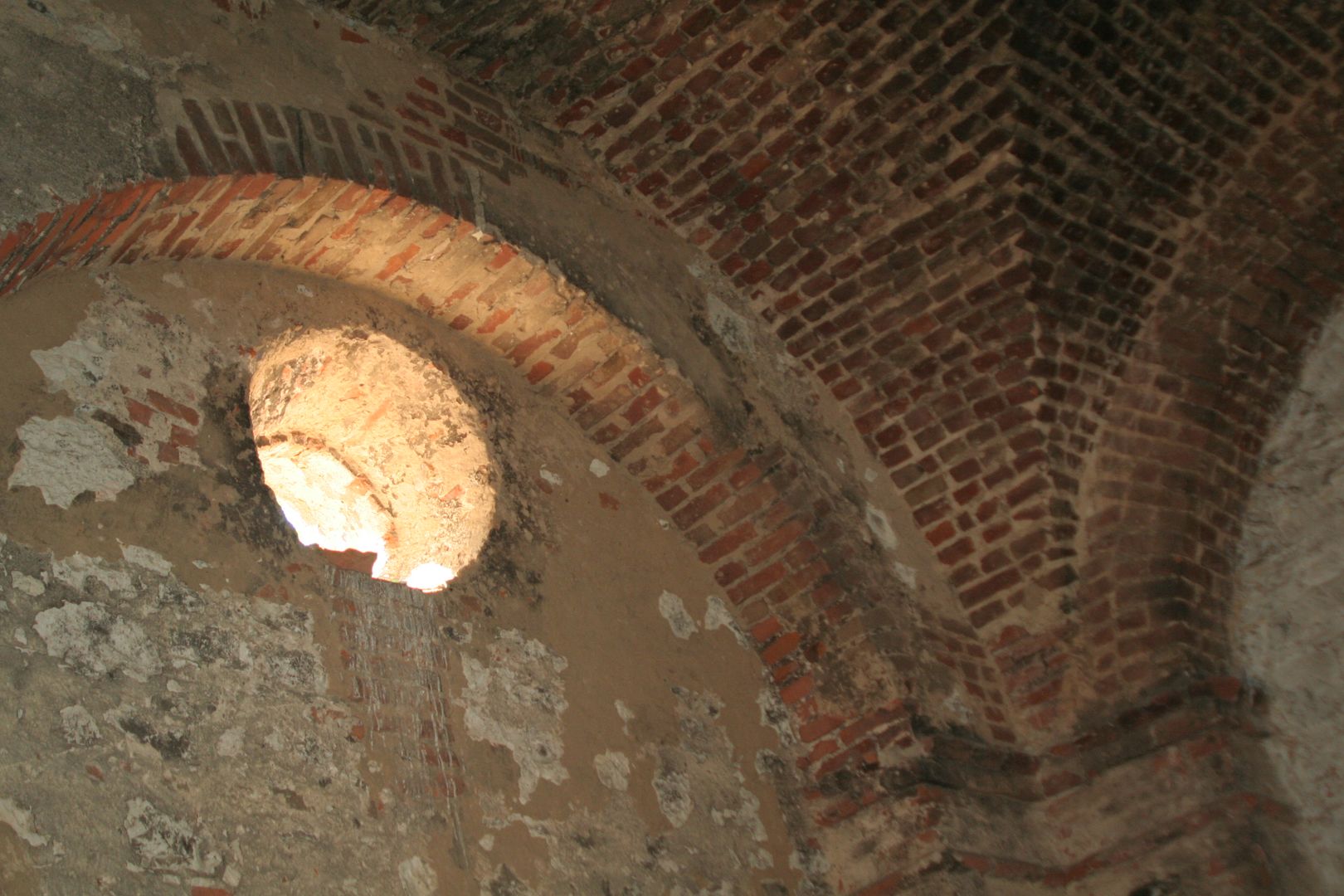Arian cemetery in Krynica
7.15

Overview
The Arian Cemetery in Krynica, also known as the Arian Tower, is one of the few pyramidal tombs in Poland, dating back to the first half of the 17th century. It was built by Paweł Orzechowski, the chamberlain of Chełm and an Arian, who could not be buried in a Catholic cemetery. The isolated tomb reflects a unique architectural style; it is a masonry structure with a square plan and a height of about 20 meters, including a 15-meter-high pyramid. It is made of stone and brick, partially plastered, with an internal crypt and characteristic openings that serve as windows. The original pinnacle of the pyramid is now housed in the Regional Museum in Krasnystaw. The tomb, damaged during World War II, was restored in 1956–1957 and recognized as a monument of inanimate nature in 1983. The site is located on Arian Hill near Krynica, on the so-called Yellow Arian Trail, surrounded by a young pine forest. The history of the tomb is linked to an 1890 account by Oskar Kolberg, which mentioned treasures allegedly hidden there. The cemetery is a unique testament to Arian culture in Poland.
Location
2025 Wizytor | All Rights Reserved